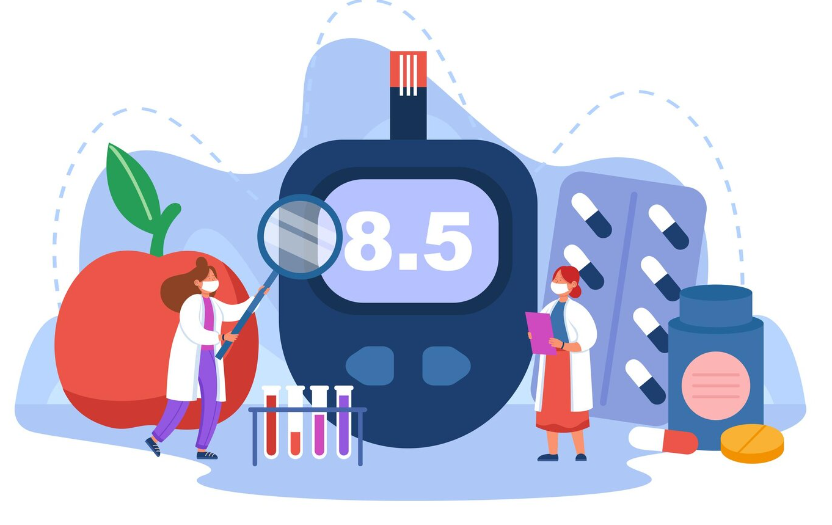
The Role of Hormones in Monitoring Blood Sugar: Techniques, Devices, and Understanding Your Results
Introduction: Managing Blood Sugar in Diabetes
Monitoring blood sugar levels is essential for effectively managing diabetes. Hormones like insulin and glucagon regulate blood sugar, and when they become imbalanced, it can lead to fluctuations. Let’s explore simple techniques and tips to help you better understand and manage your blood sugar levels.
Understanding Hormones and Blood Sugar
Hormones such as insulin and glucagon play a vital role in regulating blood sugar levels in the body. Insulin helps lower blood sugar after eating, while glucagon works to raise blood sugar when it’s too low. An imbalance in these hormones can cause blood sugar to fluctuate, which is common in people with diabetes.
Monitoring Techniques for Blood Sugar
There are several methods to monitor your blood sugar levels. Below are the most common techniques:
1. Fingerstick Testing
This traditional method involves pricking your finger with a lancet to obtain a drop of blood. You apply the blood to a test strip and insert it into a blood glucose meter. Within seconds, the meter provides your blood sugar reading.
2. Continuous Glucose Monitoring (CGM)
CGM systems involve a small sensor placed under the skin to measure glucose levels continuously. The sensor sends real-time data to a receiver or smartphone app, helping you track trends throughout the day.
Understanding Your Blood Sugar Results
Interpreting your blood sugar levels is crucial to managing your condition effectively. Here’s how to understand your results:
Target Range
Your healthcare provider will recommend a target range for your blood sugar levels. This may vary depending on factors like age, health status, and the type of diabetes you have. Aim to keep your blood sugar within this range.
Interpreting Results
Pay attention to blood sugar trends, such as fasting levels, pre-meal readings, post-meal readings, and bedtime levels. Identifying patterns can help you understand how factors like food, exercise, and medication affect your blood sugar.
Response to Treatment
Monitor how your blood sugar levels change in response to treatment, including medication, diet, and exercise. Regular adjustments based on these results will help you maintain optimal blood sugar control.
Tips for Effective Blood Sugar Monitoring
1. Consistency
Test your blood sugar regularly, as recommended by your healthcare provider. Consistency is key to understanding how different factors impact your levels.
2. Record Keeping
Track your blood sugar readings, meals, medications, physical activity, and any other relevant factors. Keeping a log will help you and your healthcare provider make informed decisions about your diabetes care.
3. Communication with Your Healthcare Provider
Share your blood sugar readings with your doctor during regular check-ups. Discuss any challenges or changes in your diabetes management plan. Open communication helps ensure the best possible care.
Conclusion
By understanding the role of hormones in blood sugar regulation, utilizing the right monitoring techniques, and interpreting your results, you can manage your diabetes more effectively. Consistent monitoring and good communication with your healthcare provider are key to achieving better control over your blood sugar levels.
To seek medical advice, always consult a Doctor. Here are our recommended experts. Click Here
To read more on Diabetes . Click Here


